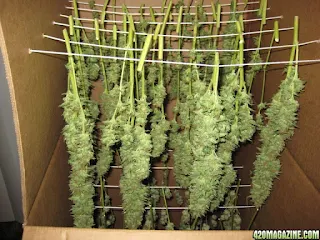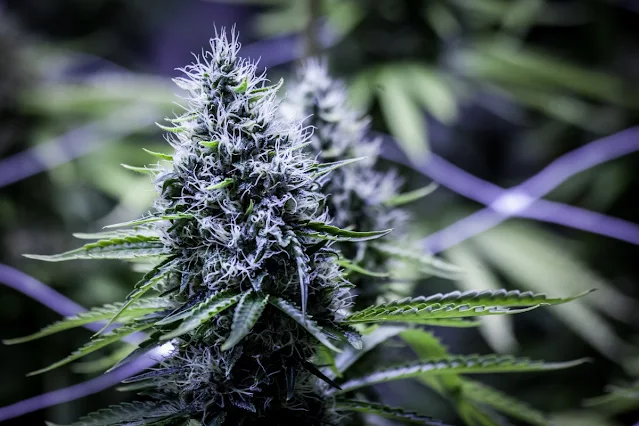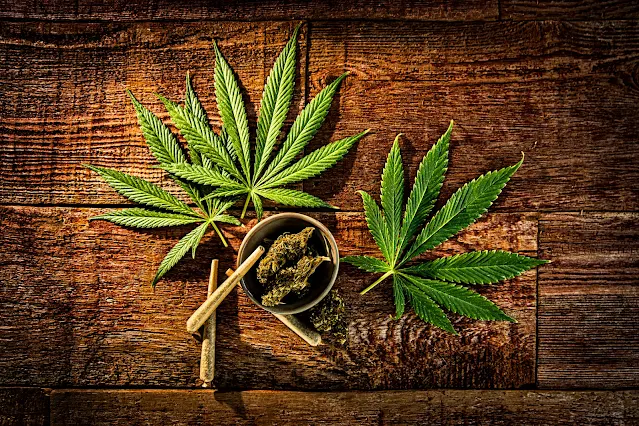Better Tasting Bud with Nutrient Spikes and Layers
When it comes to growing cannabis in living soil, the focus shifts from simply feeding the plant to nourishing the entire ecosystem within your pots. By feeding your soil instead of just your plants, you unlock a world of benefits that lead to healthier, more resilient cannabis. Living soil is teeming with microorganisms—fungi, bacteria, and other beneficial organisms—that work in harmony to break down organic matter, making nutrients readily available to your plants. This creates a self-sustaining system where your plants can thrive naturally.
One of the key strategies in this approach is the use of layers and nutrient spikes. Layers in your soil mimic the natural strata found in the earth, where different layers hold different types of organic matter, nutrients, and microorganisms. By creating these layers in your pots, you provide a diverse environment that supports various stages of plant growth. For example, a lower layer rich in compost can slowly release nutrients over time, while a top layer with more aerated materials like perlite or coco coir ensures proper drainage and oxygenation of the roots.
Nutrient spikes are another powerful tool in organic living soil. These are concentrated pockets of raw, organic ingredients—like bone meal, fish meal, or kelp meal—placed strategically in the soil. As the roots grow and spread, they encounter these nutrient-rich zones, receiving a targeted boost exactly when they need it. This method not only ensures that your plants get the nutrients they need but also encourages the growth of mycorrhizal fungi, which form symbiotic relationships with plant roots. These fungi extend the root system, increase nutrient uptake, and protect plants from stress.
🌱DIY Boost Your Garden with Banana Peels: Organic Potassium Fertilizer 🍌
Using raw ingredients to enhance the living mycology in your pots is a game-changer. Unlike synthetic fertilizers that can disrupt the delicate balance of soil life, raw organic inputs feed the microorganisms, which in turn feed your plants. This approach leads to a more robust, resilient cannabis crop with better flavor, aroma, and potency. Plus, by fostering a healthy soil ecosystem, you’re also building long-term soil fertility, reducing the need for external inputs over time.
In essence, feeding your soil rather than just your plants is an investment in the overall health of your garden. It’s a holistic approach that works with nature rather than against it, ensuring that your cannabis plants have everything they need to flourish. By incorporating layers, nutrient spikes, and raw organic inputs, you’re setting the stage for a thriving, productive garden that’s as sustainable as it is successful.
DIRECTIONS: Use something with a width of .5" at least to create your holes for the Fertilizer to go into, creating the spikes. You may use a stick, press it into the pot, roughly 2-3" from the bottom and work it side to side slowly to compact the soil just a tad on the sides to keep it from filling back in.
Now we will take our spike-mix and add it to the holes and cover back up with a little mulch layer. After watering it will work its way into the soil and activate the life.
TL;DR: Feeding your soil rather than just your cannabis plants is key to a healthy, thriving garden. By using layers and nutrient spikes with raw organic ingredients, you enhance the living mycology in your pots, leading to more robust plants and better yields. This approach builds long-term soil fertility and works in harmony with nature.
Cannabis Vegetative Layer/Spike Recipe:
For a strong vegetative phase, mix rice, guano, blood meal, crushed oyster shells, and cannabis meal (kelp meal) into your soil. This blend provides a balanced nutrient profile that supports vigorous growth and enhances microbial activity.
Cannabis Flowering Layer/Spike Recipe:
To boost flowering, incorporate fish bone meal, cannabis meal, crushed oyster shells, and rock phosphate into your soil. This combination ensures your plants receive the phosphorus and calcium they need for abundant, high-quality blooms.
Ratios are up to you but I normally go for a 1:1 for each except for the blood meal I do about .75 being super strong.
Last Tips: A lot of Bugs are Friends to our Ecosystem. Plants with a Mulch layer have so many more benefits not limited to a huge increase in living organisms
OTT Organic Taste Tip - BTBs Better Tasting Bud - GBB Grow Better Bud - TYG Transform Your grow













.jpg)















.jpg)


